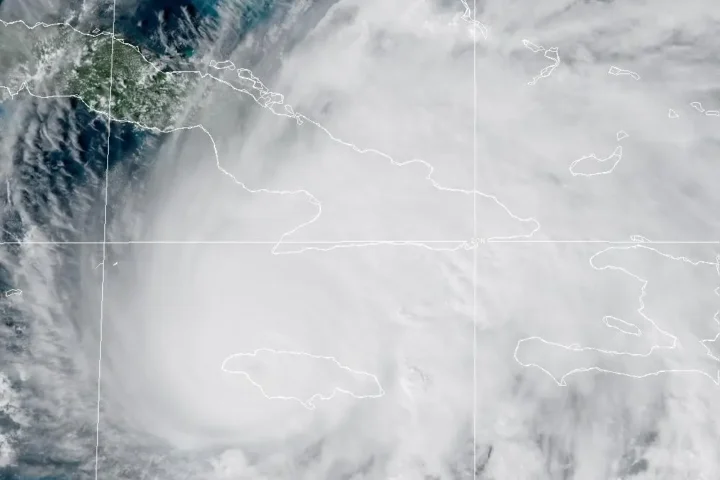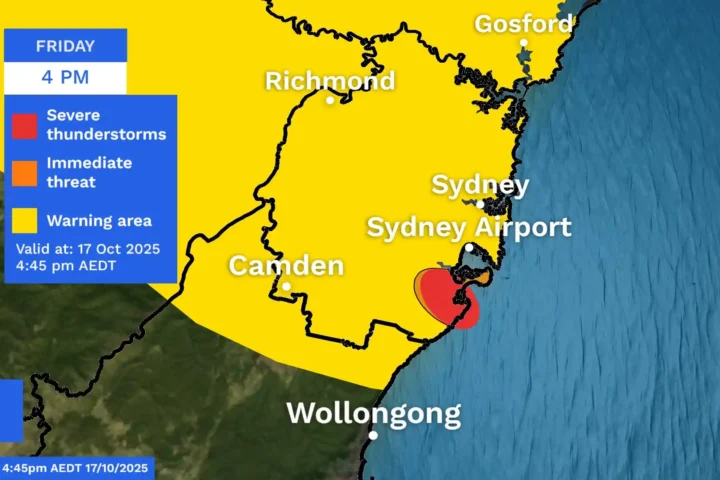The Antarctic, long perceived as a bastion against rapid climatic shifts, is yielding alarming signs of change. Recent research reveals the swift retreat of the Cadman Glacier, a poignant reminder of the Earth’s vulnerability to rising temperatures. This phenomenon starkly illustrates the pressing need to understand the intricate interplay between ice and ocean dynamics in our rapidly evolving climate system.
The Cadman Glacier, located on the Antarctic Peninsula’s west coast, has undergone dramatic changes, retreating eight kilometers between 2018 and 2021. This previously stable glacier’s rapid disintegration has been attributed to a combination of environmental factors. A 400-meter-deep channel has allowed warm ocean waters to destabilize the ice shelf and icefall, accelerating the glacier’s flow and resulting in substantial ice loss. This situation was further exacerbated by the collapse of the ice shelf, which previously acted as a buttress to the glacier, and a warming ocean that thinned the glacier’s ice shelf, hastening its disintegration.
In the broader context of the Antarctic Peninsula, these changes are significant. The region has seen a marked increase in ice loss, with atmospheric temperatures rising by approximately 0.54°C per decade since 1951. The Cadman Glacier’s rapid acceleration and increased ice discharge, aligning with these broader climatic shifts, highlights the Antarctic Peninsula’s susceptibility to future climate variability.
Similar posts
The events surrounding the Cadman Glacier serve as a stark reminder of the unpredictable nature of glacial systems and the profound implications of climate change. The rapid retreat of this glacier not only exemplifies the dynamic nature of ice-ocean interactions but also underscores the importance of continuous monitoring and research in these remote regions. The significant ice loss contributes to global sea-level rise, presenting a tangible threat to coastal communities worldwide.
The study of the Cadman Glacier incorporates diverse scientific perspectives, combining satellite data, oceanographic measurements, and ice velocity analyses. This multidisciplinary approach offers a comprehensive understanding of the glacier’s dynamics, emphasizing the importance of collaborative research in addressing complex environmental challenges.
The implications of the Cadman Glacier’s retreat extend beyond scientific interest, touching the lives of people across the globe. As sea levels rise, communities face the threat of flooding and displacement, a poignant reminder of our shared responsibility to protect our planet. This crisis calls for empathy and concerted action to mitigate the impacts of climate change.
The research into the Cadman Glacier is thorough and detail-oriented, offering insights into the glacier’s structural integrity, surface elevation changes, and the factors driving its rapid retreat. Satellite imagery and altimetry methods have been crucial in mapping these changes, highlighting the value of technological advancements in environmental monitoring.
The research underscores the urgency of developing resilient strategies to cope with the impacts of climate change. The continued monitoring of the Antarctic region is vital, as it will provide valuable data to inform future environmental policies and conservation efforts.

















